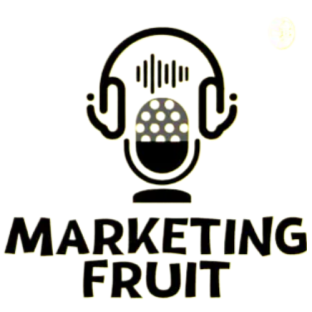The Breast Pump Market is projected to surpass USD 994.56 million by 2033, supported by continuous technological advancements and growing research and development investments. Innovations such as single and double electric breast pumps have significantly improved user convenience and efficiency. Breast pumps are increasingly recognized for addressing critical maternal and childcare needs, including extending maternity leave support, resolving latching challenges, ensuring discreet nursing in public spaces, facilitating weaning, aiding mothers with multiple births, supporting premature or hospitalized infants, and enabling lactation for adoptive mothers. Breastfeeding remains vital for infant health, as breast milk provides an essential nutritional profile, including approximately 7% lactose, 3% fat, 1% protein, and 86% water, with lactose and fat delivering nearly 91% of the caloric content. Moreover, breast milk is a rich source of key vitamins and minerals such as calcium, magnesium, potassium, phosphorus, and sodium, making breast pumps a crucial solution for modern mothers.
The Breast Pump Market has grown rapidly over recent years, driven by an increase in product innovations and R&D activities by leading players. A notable example includes Medela’s launch of the Freestyle Hands-Free Breast Pump in November 2022, marking the company’s entry into wearable breast pump technology. This innovative solution integrates Medela’s research-based 2-Phase Expression technology and ergonomic 105-degree breast shields, designed to deliver greater comfort and a highly efficient hands-free pumping experience. Such product advancements highlight the industry’s shift toward portability, discretion, and convenience for nursing mothers.
Insights from CXOs and primary market research further emphasize the role of government initiatives in boosting awareness about breastfeeding and promoting child health. Several national health programs worldwide are encouraging breastfeeding adoption, which indirectly supports the Breast Pump Market. For instance, the Centers for Medicare & Medicaid Services (CMS) reported that National Health Expenditures (NHE) in the U.S. rose by 5.2% in 2020 compared to 4.5% in 2019, with projections estimating expenditures to exceed USD 6,192.5 billion by 2028, reaching per capita spending levels of USD 17,611. Such healthcare spending trends create favorable conditions for the market, ensuring sustained opportunities in the years ahead.
The Breast Pump Market is analyzed across North America, Europe, Asia-Pacific, Latin America, and the Middle East & Africa. North America is expected to retain the largest share due to high awareness, healthcare support programs, and established industry players. Meanwhile, Asia-Pacific is anticipated to witness the fastest growth, driven by rising birth rates, a surge in working women, and improving healthcare infrastructure across emerging economies. Latin America and the Middle East & Africa are also poised to contribute to growth, supported by government-driven maternal and child health initiatives.
Key players in the global Breast Pump Market include Albert Manufacturing, Ameda, Ardo Medical Ltd, Babybelle Asia Ltd., Chiaro Corporation, Koninklijke Philips N.V., Medela AG, Momcozy, Pigeon Corporation, and Willow Innovations. These companies are focusing on product development, wearable technologies, and strategic partnerships to strengthen their competitive positions and meet the growing demand for advanced breast pumping solutions.
Click here to read complete article








